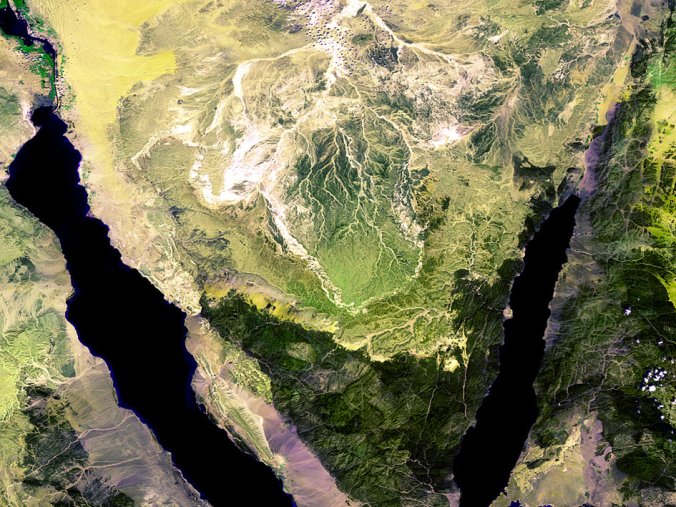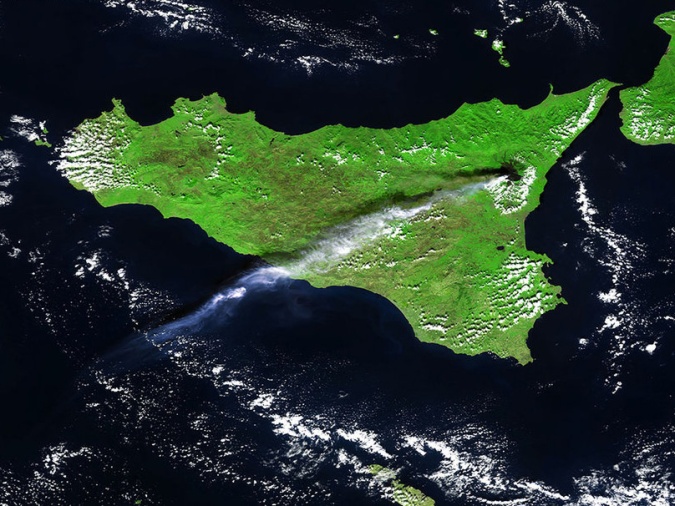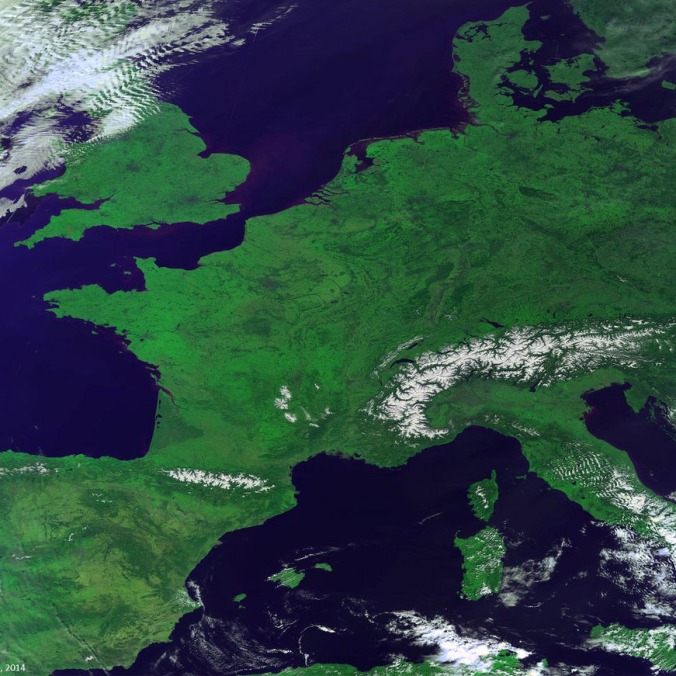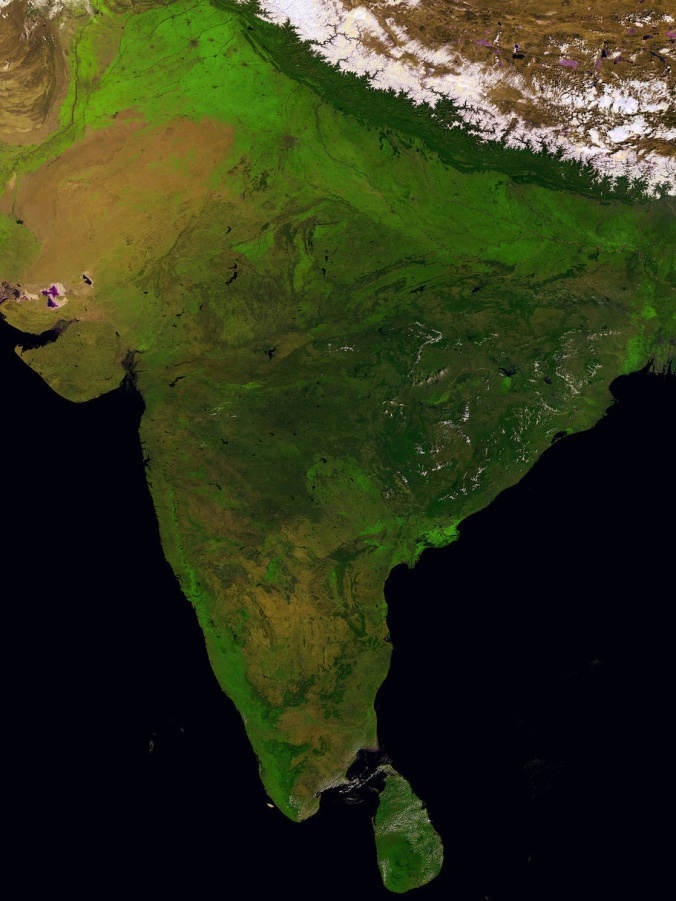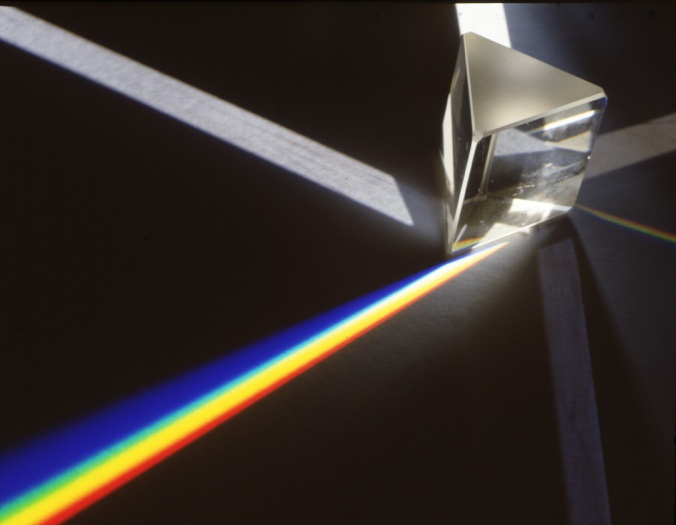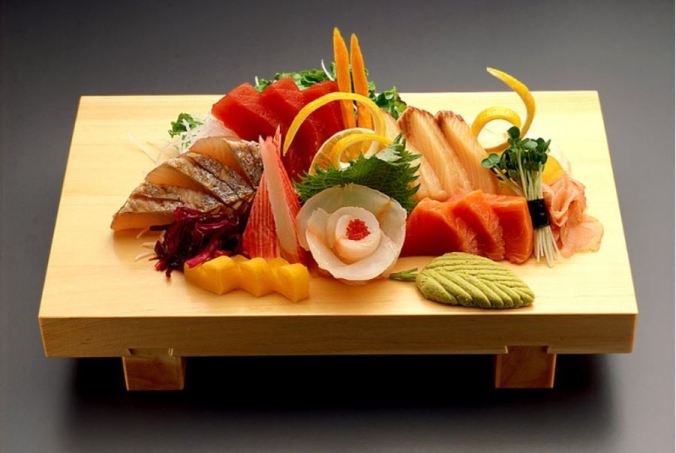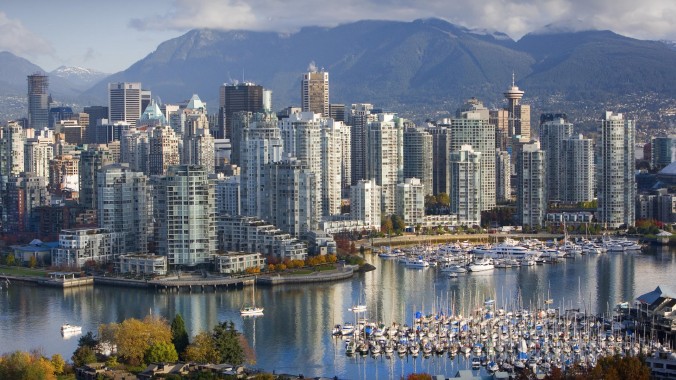
source: wallpaperwhiz
Radioactive water laps at Vancouver’s shores and buoys sailboats floating in the harbours that dot the pristine Seawall. Man-made radioactive iodine and cesium molecules, diluted in the vast volume of the Pacific Ocean, drift amongst naturally radioactive potassium and rubidium.
As Vancouverites slip into bathing-suit-weather and hungily grab their chopsticks, some residents are still in need of assurance that they can swim and dine without worrying about radioactivity. The local presence of reactor by-products from the Fukushima nuclear plant disaster may seem upsetting, but West Coast media has construed this issue in a misleading and unsubstantiated manner.
Undersea megathrust earthquake; tsunami; nuclear meltdown
On the afternoon of March 11th, 2011, a 6-minute undersea megathrust earthquake shook the connection between the Pacific tectonic Plate and the Okhotsk Plate, 70 kilometres from north-eastern Japan. The magnitude-9.0 earthquake was the fifth-largest earthquake ever recorded. It knocked the earth 10+ cm off of its planetary axis, and shunted the entire island of Japan 8 feet to the left.
As the Pacific Plate burrowed westward, subducting under the Okhotsk plate, it punched the ocean floor upwards with enough kinetic power to energize the city of Los Angeles for a year. In less than an hour, this monolithic pulse of energy travelled across the ocean and struck coastal Japan, converting to immense waves of water that smashed buildings and flooded hundreds of square kilometres.
The Fukushima nuclear plant was crippled by the tsunami and suffered several massive meltdowns. Hydrogen gas explosions following the tsunami tore open reactor coolant rooms and fuel rod pools, flushing contaminated water into the sea. Ceaseless currents slung radioactive particles along complex thermal trajectories, away from Japan and across the ocean.
In three years the radioactive molecules reached our continent. A slow-motion swirl of radioactive debris splashed against the West coast, filling our inlets and steeping our shores.
Georgia Straight not straightforward, publishes junk science
Like the tiny dogs that pepper the Seawall, the Vancouver media response was shrill and neurotic. The Georgia Straight published several articles with titles like “Japan’s Fukushima Catastrophe Brings Big Radiation Spikes to B.C.”, accompanied by pictures of three-eyed fish.
The award-winning author of these articles, Alex Roslin, wrote that “some impacts may have already occurred in North America”, quoting a study that claimed to have found a 35% spike in infant mortality in several West Coast American cities. This study used cherry-picked data from specific cities and time periods and produced a false conclusion that was immediately disseminated by shoddy media outlets who employed such titles as “Is the Increase in Baby Deaths in the US a Result of Fukushima Fallout?” BABY DEATHS.
Roslin also erroneously reported that the allowable ceiling for iodine-131 had been exceeded on the West Coast. Iodine-131 is a radioactive molecule that was expelled into the atmosphere when the nuclear plant was destroyed, but it hasn’t exceeded the Canadian Nuclear Safety Commissions guidelines.
Provincial Health Officer Dr. Perry Kendall stated that many of the scientific claims in Roslin’s articles for the Georgia Straight were “nonsense”. Roslin defended the crumbling pillars of junk science beneath his stories, declaring that “any amount of radiation is unsafe” and calling for more investigation.
Radiation 101
Radiation varies. The fractured colours that burst from a prism hanging in a window, the radio waves that wash over your car every second, the rosy glow of heat lamps at a mall Chinese restaurant: these are actually forms of radiation. Human evolution is a radiation-soaked story. Over billions of years, life has adapted to surviving certain amounts of harmful radiation, including Chinese food heat lamp radiation. Our cells bravely weather these lesser kinds of radiation without experiencing damage or mutation.
Admittedly, radiation from nuclear substances is a different ball-game. Just as weak radiation like UV light can kill weak organisms like bacteria, strong ionising radiation can seriously harm humans. Radioactive substances give off radiation in the form of atomic particles that hurtle off with enough momentum to chew holes in your DNA, which increases cancer risk.
Vancouver waters are completely safe
However, the levels of radioactive material in West Coast waters are NOWHERE NEAR enough to pose any real threat to Vancouverites. Formal reporting from oceanographic science institutes, public health authorities and nuclear safety groups has concluded decisively that radiation levels are well within safety guidelines for air, drinking water and commercial fishing. Dr. John Smith, who sampled ocean radioactivity 2,000 km west of Vancouver on behalf of the Bedford Institute of Oceanography, asserts that there is “no human health or environmental radiological concern.”
Even the waters near Fukushima cease to be radioactively dangerous: Buessler et al. studied the level of radiation you would receive if you were to swim around in the vicinity (~30 km) of the plant. Paddling in Fukushima-contaminated waters resulted in less than 0.03% of the daily dose of radiation that average Japanese citizens receive.

source: happycloudmoments.blogspot.com
Is fish safe to eat?
Fish is absolutely safe to eat on the West Coast. Salmon, lazy as they are, do not migrate far enough to have been significantly contaminated with radioactive isotopes, and even the Japanese tuna originating near Fukushima are completely safe.
In August of 2011, a Stanford study gauged the radiation intake from eating Pacific Bluefin tuna caught in California, 5 months after the tsunami. The migrating tuna fish brought radioactive polonium and cesium isotopes with them as they travelled across the Pacific. The team found that eating 200 grams of tuna (a restaurant serving) resulted in a dose of 7.7 nanoSieverts (a Sievert is a measure of radiation effects on biological tissues).
This is less than 5% of the dose acquired from eating ONE normal banana.
Like the ocean surrounding Vancouver, bananas contain naturally occurring and naturally radioactive potassium. This potassium, along with things like X-rays or the sun, contribute to a background radiation level that our cells can totally handle. The dose of radiation you would receive from eating Pacific tuna is much less than the background radiation you receive in everyday life. XKCD has a truly fantastic diagram (posted here) that helps explain radiation levels in very simple terms.
It’s true that “any amount of radiation is dangerous”, but if you’re going around worrying about an amount of radiation that can be reasonably described as “a fraction of a banana”, I say you are needlessly concerned.
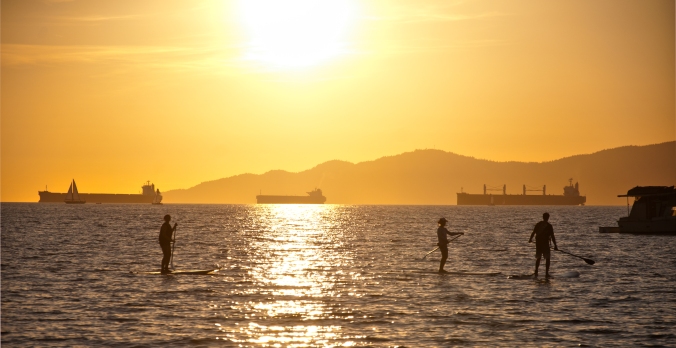
source: matthewjvandeventer.com
Vancouver is awash in natural beauty. From seascape to mountain peaks, the immaculate majesty of our natural setting weaves through the fabric of the city. Don’t let a little radiation stop you from enjoying it to the fullest this summer. Head to one of the beaches hugging Stanley Park’s Seawall, or maybe to the sun-drenched panoramas of Spanish Banks or Jericho. Afterwards, duck into one of the many local sushi joints for some safe, delicious ocean fare.
A large order of assorted sashimi, please!
